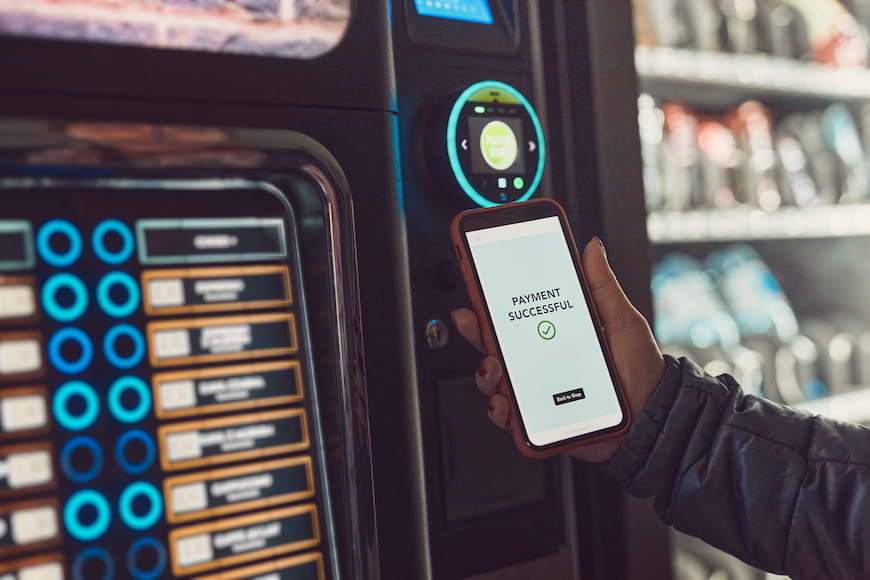At BibliU’s most recent senior leadership event, we hosted Professor Sara de Freitas who led a stimulating discussion on the move towards digital learning in higher education. We thought that certain ideas raised by Professor Freitas were worth being shared with the rest of the higher education community, alongside our own comments on the issue.
There have been a number of studies over the last twenty years comparing traditional and digital education, and most offer the same conclusion: there's no significant difference between pure online and pure face-to-face learning.
However, there's clear evidence that a mixture of digital and traditional (or so-called "blended learning") can increase educational outcomes. The main appeal of blended education is that it can widen access to higher education by addressing the decline in part-time learners, attending to gaps in social background participation and enhancing retention and student success initiatives.
However, despite governmental (state/administrative) interest in the area, digital education doesn't receive the institutional attention it deserves. Professor Freitas argues that due to increasing government regulation, changing funding models and economic uncertainty that a more risk-averse culture with regards to investment in new technologies has resulted. Other hurdles include the logistical challenges of reshaping campuses to match the needs of blended learning and staff willingness to support and deliver digital transformation.
The fact that there's a conversation about and research into the idea of blended learning suggests that the evolution of higher education is imminent. As outlined by Professor Freitas, it won't happen immediately, and indeed we have no way of knowing what final form blended education will take. However, if we can agree that higher education will embrace a mixture of online and face-to-face learning, it is worth thinking about the first step the community would have to take towards this future. We'd argue that the elephant in the room is course materials.
Physical textbooks are an outdated medium in an age where students learn by Googling answers to their questions. Digital textbooks meet the demand of a tech-savvy student population by equipping them with search capabilities they are accustomed to. E-textbooks can also provide a seamless shift to blended education.
As illustrated by early adopters such as the University of Coventry, the shift to digital course materials can happen within a very short time-frame. To take Coventry as a case study, very little input was required from the University itself in order to get the project running:
The upsides to digital content are numerous. However, the most important and relevant one in the context of this conversation, is the compatibility of digital content with any form of blended learning that will be adopted in the future.

Drawing on insights from Erik Russell of Occidental College on Campus Convos, this blog explores how innovations in auxiliary services reveal a bigger lesson for higher ed: let technology deliver on-demand convenience, while people provide the human touch that makes the student experience truly personal.
.jpg)
Rural community colleges are lifelines opportunity face unique challenges, like broadband gaps and transportation barriers. Based on the Campus Convos episode with Dr. Bryan Newton of Glen Oaks Community College, we're showing how rural colleges are turning obstacles into innovation.